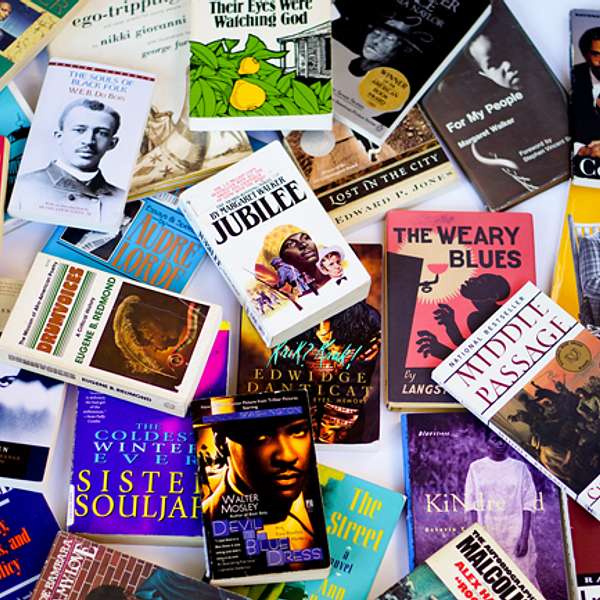
Remarkable Receptions
A podcast about popular and critical responses to African American novels, artistic productions, and more.
Remarkable Receptions
Static Shock -- episode by Stephyn Phillips
A short take on how Static and Static Shock reflect the expanded dimension of novelistic storytelling by Black creative thinkers.
Episode by Stephyn Phillips
Read by GiGi Monroe
Media based on comic books are everywhere. Films. Television shows. Cartoons. Podcasts. Comic book properties have finally broken through barriers that formerly shied away from diverse characters.
In September 2000, Static Shock, had a groundbreaking debut. It was the first television show to feature an African American hero as the main character. Based on the comic book character created by the late Dwayne McDuffie, the show provided a new kind of hero, showcasing diversity, that would set the stage for others to follow.
You’re listening to Remarkable Receptions—a podcast about popular and critical responses to African American novels.
After working as a writer and editor for years in the comic industry, McDuffie left his biggest mark on the medium in the 1990s, co-founding Milestone Media with other African American comic creators. Milestone published several titles as an imprint of DC Comics, creating a self-contained universe where the super heroes were not the primarily Caucasian characters that dominated the company’s history. One of the more successful comics published was Static, an electric-powered teenager with real-life worries and struggles.
First released in 1993, Static was published for five years, but the character’s greatest success came when it was adapted into an animated show. Static Shock features Virgil Hawkins, an African American teenager who struggles balancing school and homelife with fighting crime under a mask. The appearance of a young black protagonist in a leading role allowed the series to connect to a more diverse audience than ever before.
During its four seasons, Static Shock employed techniques and story-telling elements that led to it winning a daytime Emmy Award, including the use of a hip-hop score when most cartoons still relied on symphony music. As with Static’s origins, many African American creators worked on the show, including some of the most prolific voice-actors in history and McDuffie himself as a writer and editor.
As the show’s popularity continued, McDuffie took the opportunity to bring Static back to publication, with Static Shock: Rebirth of the Cool in 2001. The series saw Static save his hometown of Dakota City from a super-powered drug lord. More importantly, McDuffie’s revival of the hero opened the door to Static becoming part of the DC Universe proper, appearing in comic books and graphic novels, and contributing to the eventual revival of Milestone.
The rise and lasting success of Static and Static Shock reflect the expanded dimension of novelistic storytelling by Black creative thinkers. And more, the remarkable reception of this series signals an ongoing public hunger for stories featuring black leading characters in a variety of publication venues.
*******************************
This episode was written by Stephyn Phillips. The episode was edited by Elizabeth Cali and Howard Rambsy.
*****************************************
This podcast, Remarkable Receptions, is part of the Black Literature Network, a joint project from African American literary studies at Southern Illinois University Edwardsville and the History of Black Writing at the University of Kansas. The project was made possible by the generous support of the Mellon Foundation. For more information, visit blacklitnetwork.org.